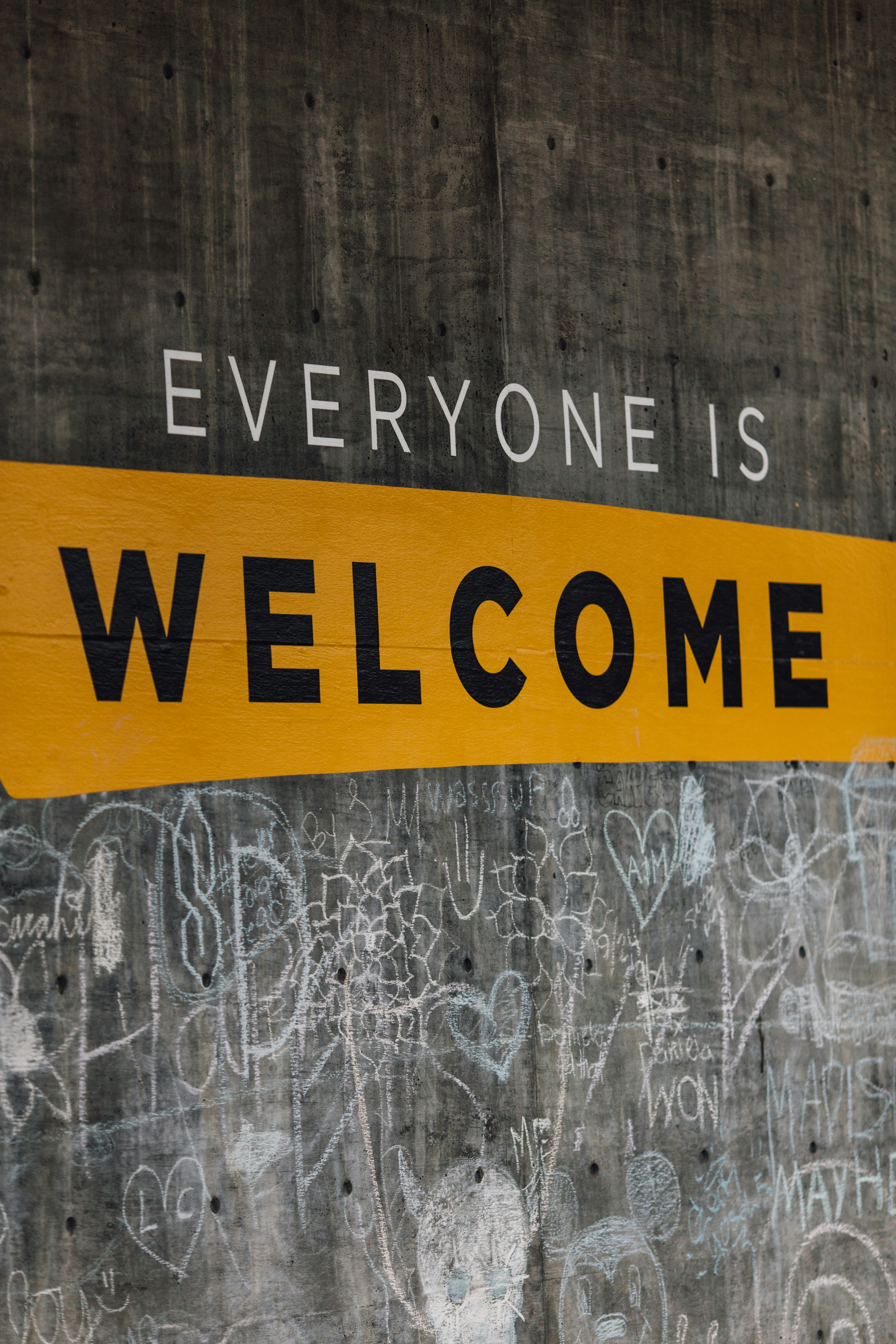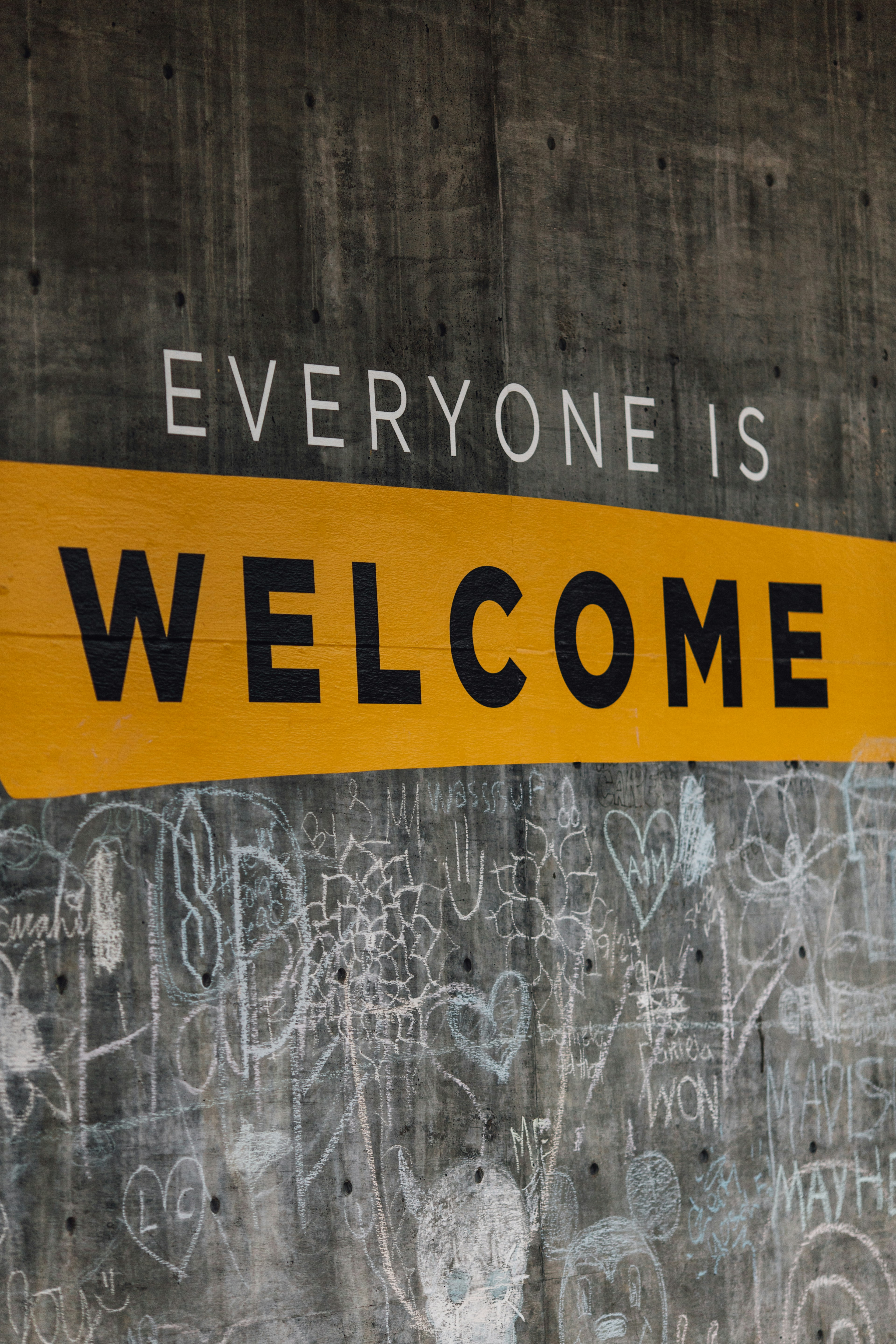One of the hidden histories that often goes unnoticed is the story of the Chinese immigrants who played a significant role in shaping the development of the American West. While the history of the American West is often associated with cowboys, gold rushes, and Manifest Destiny, the contributions of Chinese immigrants are often overlooked.
During the mid-19th century, thousands of Chinese immigrants arrived in the United States, seeking economic opportunities and a better life. Many of them settled in California, where they played a vital role in the construction of the Transcontinental Railroad. Despite facing discrimination and harsh working conditions, these Chinese laborers worked tirelessly to connect the East and West coasts of the country, laying thousands of miles of track through treacherous terrain.
However, their contributions were largely ignored and forgotten. The completion of the Transcontinental Railroad in 1869 was celebrated as a monumental achievement in American history, but the Chinese laborers who made it possible were left out of the narrative. Their stories were overshadowed by the dominant narrative of westward expansion and the triumph of American progress.
It is important to recognize and remember these hidden histories because they provide a more comprehensive understanding of America’s past. By acknowledging the contributions of marginalized communities, we can challenge the dominant narratives and shed light on the experiences of those who have been overlooked.
Another hidden history that often goes unnoticed is the story of the LGBTQ+ community’s fight for equality and civil rights. While the Stonewall Riots of 1969 are often credited as the catalyst for the modern LGBTQ+ rights movement, the struggle for equality began long before that.
Throughout the 20th century, LGBTQ+ individuals faced widespread discrimination and persecution. Homosexuality was considered a mental illness, and laws criminalizing same-sex relationships were in place in many states. LGBTQ+ individuals were often forced to hide their identities and live in fear of being discovered.
However, despite the challenges they faced, LGBTQ+ individuals and their allies fought tirelessly for their rights. They organized protests, formed advocacy groups, and worked to change public opinion. Their efforts eventually led to significant victories, such as the decriminalization of homosexuality, the removal of homosexuality as a mental illness, and the legalization of same-sex marriage.
By uncovering these hidden histories and sharing their stories, we can honor the struggles and triumphs of those who fought for equality. It is through understanding these hidden histories that we can work towards a more inclusive and just society.
The Underground Railroad was not just a physical network of routes and safe houses; it was also a symbol of hope and resistance. Enslaved individuals faced unimaginable hardships as they embarked on their perilous journeys to freedom, relying on the guidance and assistance of abolitionists and sympathetic individuals along the way. These brave individuals risked their own safety and freedom to help others, defying the oppressive laws and societal norms that upheld the institution of slavery.
One of the key aspects of the Underground Railroad was its reliance on secrecy and coded language. Messages and signals were passed along discreetly, often hidden in songs, quilts, or even newspaper advertisements. This clandestine communication allowed enslaved individuals to identify safe houses and sympathetic individuals who were part of the network. It was a testament to the ingenuity and resourcefulness of those involved in the Underground Railroad.
The Underground Railroad was not without its challenges and dangers. Slave catchers and bounty hunters were constantly on the lookout for escaped slaves, and those who were caught faced severe punishment, including being sold back into slavery or even death. Despite these risks, the network continued to grow and evolve, adapting to the changing circumstances and finding new ways to help enslaved individuals reach freedom.
As the Underground Railroad expanded, so did its impact on American society. Communities along the routes became increasingly involved in the abolitionist movement, providing support and resources to aid in the escape of enslaved individuals. Churches, schools, and other community organizations played a vital role in sheltering and protecting those seeking freedom.
The legacy of the Underground Railroad extends far beyond the physical routes and safe houses. It represents the collective efforts of countless individuals who fought against the injustice of slavery. Their stories are a testament to the power of solidarity and the human spirit’s unwavering desire for freedom and equality.
The Japanese Internment: A Dark Chapter
Another hidden history that deserves attention is the internment of Japanese Americans during World War II. Following the attack on Pearl Harbor, the United States government implemented a policy that forcibly relocated and imprisoned over 120,000 Japanese Americans, the majority of whom were U.S. citizens.
This dark chapter in American history highlights the fear and prejudice that can arise during times of conflict. Families were uprooted from their homes and placed in internment camps, where they faced harsh living conditions and limited freedoms. Despite the unjust treatment they endured, many Japanese Americans demonstrated resilience and strength, contributing to their communities both during and after internment.
Within the internment camps, Japanese Americans formed tight-knit communities, creating schools, churches, and recreational facilities to maintain some semblance of normalcy. They organized cultural events, such as traditional dances and art exhibitions, to preserve their heritage and provide solace in the face of adversity. These acts of resistance and cultural preservation were a testament to the indomitable spirit of the Japanese American community.
Moreover, many Japanese Americans volunteered to serve in the U.S. military, even while their own families were confined in internment camps. They joined the 442nd Regimental Combat Team, a segregated unit composed primarily of Japanese Americans, and fought valiantly in Europe. The 442nd became the most decorated unit in U.S. military history for its size and length of service, earning numerous awards for their bravery and sacrifice.
After the war, Japanese Americans faced the daunting task of rebuilding their lives. Despite the discrimination and stigma they faced upon their release from internment camps, they persevered and made significant contributions to various fields, including academia, arts, business, and politics. Their resilience and determination paved the way for future generations of Japanese Americans to thrive and succeed.
It is important to confront this hidden history and acknowledge the impact it had on the lives of Japanese Americans. By doing so, we can learn from the mistakes of the past and work towards building a more inclusive and just society. Recognizing the resilience and contributions of Japanese Americans during and after internment is essential in promoting understanding, tolerance, and equality for all.
The Stonewall Riots, which took place in 1969, marked a turning point in the fight for LGBTQ+ rights in America. These series of spontaneous demonstrations by members of the LGBTQ+ community were a response to the frequent police raids on the Stonewall Inn, a popular gay bar in New York City.
For years, LGBTQ+ individuals faced discrimination, harassment, and violence due to their sexual orientation or gender identity. The Stonewall Riots served as a catalyst for change, igniting a wave of activism and advocacy that continues to this day.
During the 1960s, homosexuality was still widely stigmatized and criminalized in the United States. LGBTQ+ individuals faced not only societal prejudice but also legal persecution. In many states, same-sex relationships were considered illegal, and individuals could be arrested for engaging in consensual sexual activities with someone of the same gender. The LGBTQ+ community was marginalized and forced to live in the shadows, hiding their true identities for fear of persecution.
The Stonewall Inn, located in Greenwich Village, was one of the few establishments that welcomed LGBTQ+ patrons. However, even this refuge was subjected to constant police harassment. The police would often raid the bar, arresting individuals for various reasons, such as violating cross-dressing laws or serving alcohol to gay patrons.
On the night of June 28, 1969, the LGBTQ+ community had reached a tipping point. When the police raided the Stonewall Inn, instead of dispersing quietly as they had done in the past, the patrons fought back. The rioting lasted for several days, with LGBTQ+ individuals and their allies taking to the streets to demand an end to the discrimination and mistreatment they faced.
The Stonewall Riots were a pivotal moment in LGBTQ+ history because they marked the first time that the community collectively resisted police oppression. The riots galvanized the LGBTQ+ community, sparking a newfound sense of unity and determination to fight for their rights. Activist organizations, such as the Gay Liberation Front and the Gay Activists Alliance, were formed in the aftermath of the riots, advocating for LGBTQ+ rights and working towards dismantling discriminatory laws and policies.
While the Stonewall Riots were a significant event in LGBTQ+ history, they were often overlooked or minimized in mainstream narratives. The struggles and achievements of LGBTQ+ individuals were largely invisible to the wider society, as they were marginalized and silenced. However, in recent years, there has been a growing recognition of the importance of the Stonewall Riots as a pivotal moment in the fight for LGBTQ+ rights.
By shining a light on this hidden history, we recognize the bravery and resilience of those who fought for their rights and paved the way for progress. The Stonewall Riots were a catalyst for change, inspiring future generations of LGBTQ+ activists and allies to continue the fight for equality and acceptance. Today, the legacy of the Stonewall Riots can be seen in the advancements made in LGBTQ+ rights, such as the legalization of same-sex marriage and the increasing visibility and representation of LGBTQ+ individuals in various aspects of society.
Enter your email to get the Latest Updated Exploring News and Topics







